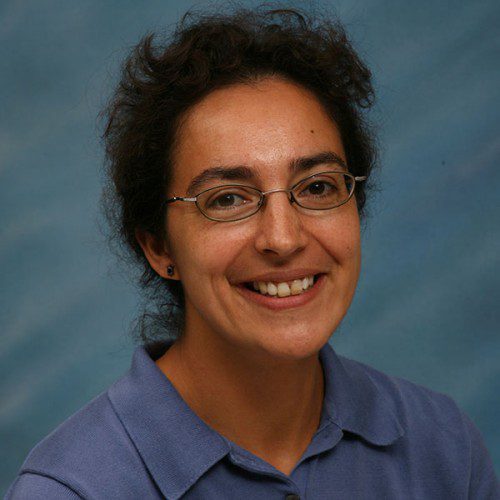Mary Unger publishes book on Black women’s role in literature during the 20th century
Posted June 5, 2025

Associate Professor of Biology Memuna Khan’s expertise is avian ecology, and her love of bird life is demonstrated through classes and faculty-student research projects at Ripon College, and Liberal Arts in Focus courses stationed at both Ripon College and Coe College Wilderness Field Station near Ely, Minnesota.
Khan started at Ripon College in 2006; in 2007, the bluebird trail was opened here. Eastern bluebirds are “secondary cavity nesters” and usually build their nests in holes in the landscape and wooden structures such as fence posts, Khan says. As wooden structures have been replaced by metal and concrete, Eastern bluebirds have lost many areas in which they once could build their nests.
Bluebird trails offset this problem with a series of “boxes” set up for the birds to live in. Khan’s bluebird trail began with 25 of these boxes, and that has now nearly tripled to 70 boxes today.
“I design projects around my expertise,” says Khan, whose students assist her research on Eastern bluebirds. Students help in observing the brooding habits, growth rate and behavior of the bluebirds. Different student projects focus on different ones of these factors.
All of the bluebirds also are tagged with a unique colored band so individuals can be tracked and observed throughout their lives. Because the birds have unique tags, their migratory habits also can be tracked, Khan says. Her tagged bluebirds have been found as far away as St. Louis, Missouri. She has a growing database showing when each bird was born, what box it came from and its children, and students both use this information and add new information to this database every year.
During Khan’s Liberal Arts in Focus course, “Intensive Field Studies: Ecology of the Boreal Forest,” students first learn several techniques for studying birds. “For the first week, we stay on campus and learn techniques like preparing bird skins, mist netting, nest box monitoring (and) bird banding,” Khan says. For the next two weeks, students stay at the Coe College Wilderness Field Station. Here, the students learn more vital techniques in studying birds and observe the local ecosystem. The students are at the field station during the spring migration and get to see more birds arriving each day to the breeding grounds.
“The course has a lot more to offer than traditional courses,” says Michael Moul ’15 of Burnett, Wisconsin. Moul took the course in 2012, and found the experience to be very rewarding. “I feel as though I learned more in two weeks at the field station than I learn in a normal semester-long course here on campus just because of the immersion.”
Megan Sohr ’18
Oshkosh, Wisconsin